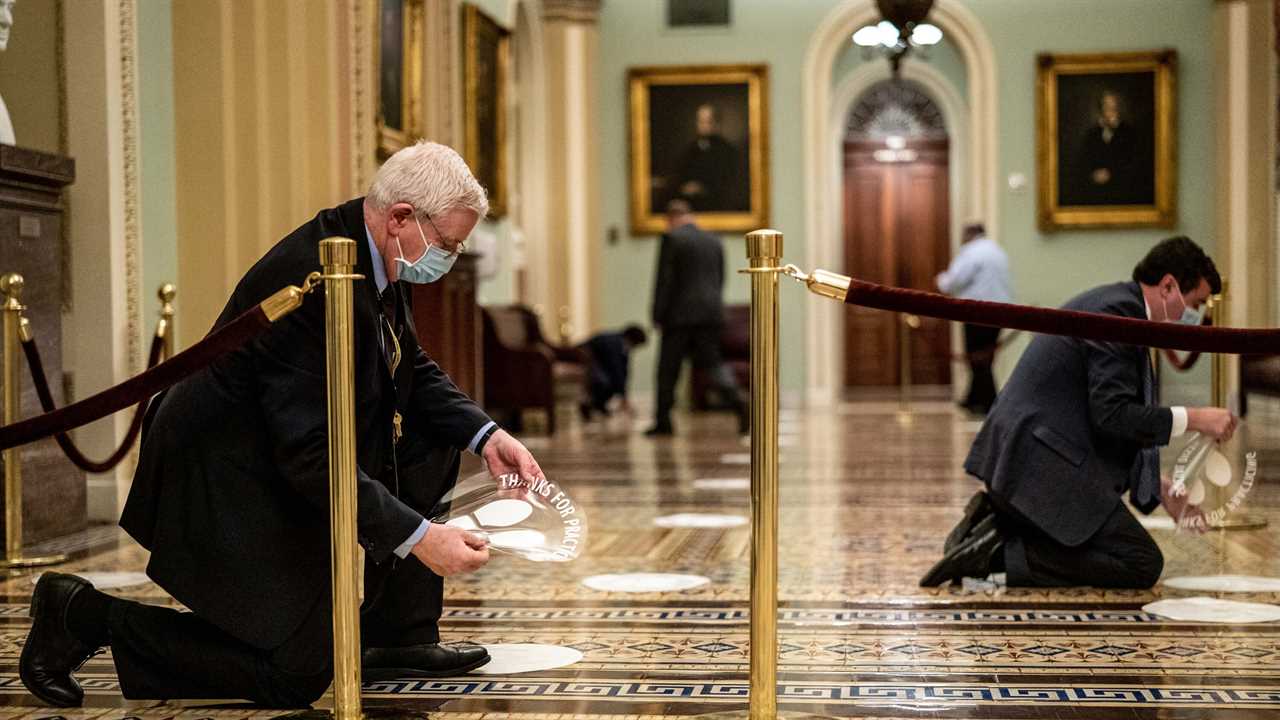
WASHINGTON — During the last impeachment trial of President Donald J. Trump, as reporters prowled the Senate hallways awaiting word on whether a key Republican might vote to allow witnesses to be heard, senators were behind closed doors receiving a disturbing briefing about a new virus spreading through China.
When the senator, Lamar Alexander of Tennessee, emerged on that January morning in 2020, he batted away questions about the trial and instead focused on the coronavirus, then a far-off illness that had no bearing on the proceedings.
Little more than a year later, the pandemic is a dominant factor setting the parameters for Mr. Trump’s second impeachment trial, forcing the proceedings to be closed to the public for the first time in modern history and dictating the requirements for hours spent in deliberation and judgment.
Senate officials have scrambled to adapt the decades-old traditions of impeachment trials to the demands of a disease that is still raging in Washington and around the country, adding social distancing and hygienic precautions that have shaped the process.
The proceedings have been limited to the 100 senators — most, if not all, now vaccinated against the virus — and a bare-bones carousel of floor staff and reporters, all masked and spaced six feet apart. The restrictions have added to the intimacy of a painfully personal and graphic video documentation of the Jan. 6 attack on the Capitol shown by the House impeachment managers, which formed the heart of their case against Mr. Trump on the charge of incitement of insurrection.
Because of limitations on attendance that have been in place since the pandemic took hold last year, the restrictions this week meant that most of the people present for the trial had also been in the Capitol when the pro-Trump mob stormed the joint session of Congress. As the prosecutors played the video at trial, the sounds of the rioters were more deafening in a marbled chamber that was at half its capacity.






